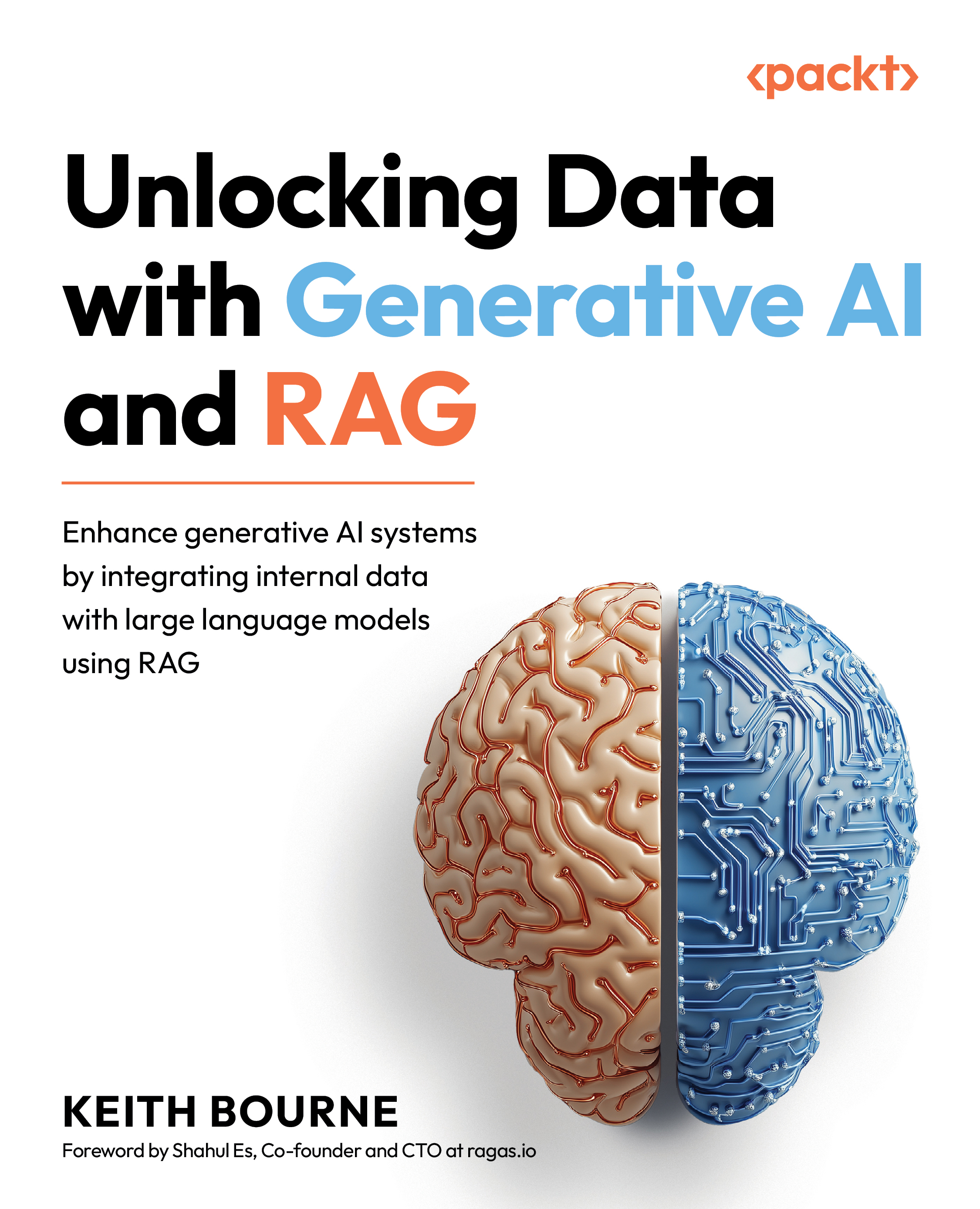Semantic versus keyword search
As we’ve already said many times, vectors capture the meaning behind our data in a mathematical representation. To find data points similar in meaning to a user query, we can search and retrieve the closest objects in a vector space such as the one we just showed. This is known as semantic or vector search. A semantic search, as opposed to keyword matching, is searching for documents that have similar semantic meaning, rather than just the same words. As humans, we can say the same or similar things in so many different ways! Semantic search can capture that aspect of our language because it assigns similar mathematical values to similar concepts, whereas keyword search focuses on specific word matching and often misses similar semantic meanings partially or entirely.
From a technical standpoint, semantic search utilizes the meaning of the documents we have vectorized that is mathematically embedded in the vector that represents it. For math...
































































